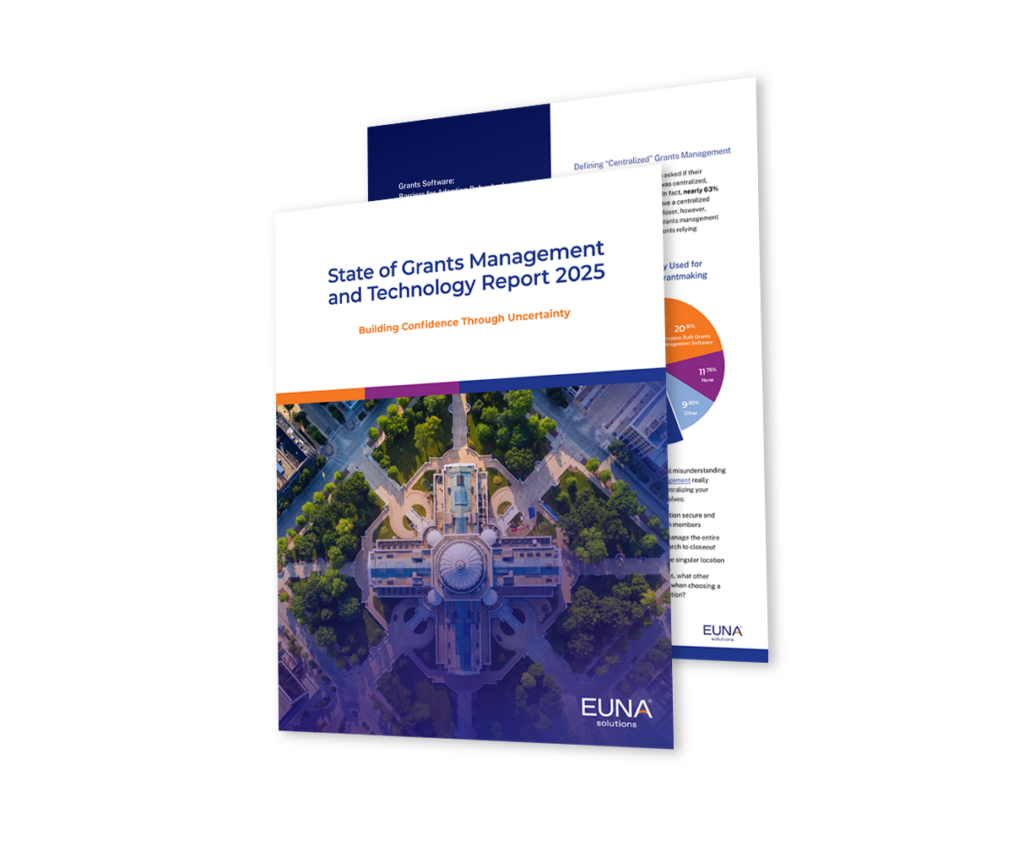Let’s review some grant basics. If you’re new to grant writing, this article can help you determine the similarities and differences among competitive, formula (or non-competitive), and continuation funding. Pass-through grants—federal funds provided to a state or local government and then “passed through” to sub-recipients—are discussed thoroughly via the link provided.
Competitive Grant Applications
If you’re a grant writer, you know about competitive applications for government or foundation funding. The foundation funder posts an announcement online, or a government agency issues a Notice of Availability of Funding (NOFA) or Funding Opportunity Announcement (FOA). FOAs can include Program Announcements (PAs) and/or Requests for Applications (RFAs). All of these announcements contain specific requirements that applicants must address in their applications. Federal health care funders such as the National Institutes of Health (NIH) and the Public Health Service (PHS) sometimes refer to these as discretionary grants because the awarding office has some degree of discretion in making a decision on which applicants to award.
The federal health care funders distinguish between different types of discretionary or competitive grants: pre-applications, new applications, competing continuation applications, noncompeting continuation applications, and applications for supplemental funding. But all of these applications are “”subject to an independent objective review process and must compete for available funds in accordance with programmatic criteria and funding priorities.”” [1]
Federal agencies are more specific in terms of their requirements than are other types of funders. They are also more specific in terms of the priority (or points) they give to each section of the grant application and how they rank applications. For example, NIH and PHS grants evaluate applications based on the following criteria, which I take straight from the NIH:
Significance
Investigator(s)
Innovation
Approach
Environment
Is it possible that a recent increase in competitive grants could be due to the congressional moratorium on earmarks? That type of “directed funding” has certainly been greatly reduced in recent years.
Formula/Non-competitive Grant Applications
In general, if legislation authorizes very specific types of programs, it can be carried out through the use of competitive or formula grants. There is some variation in the way in which formula grants are defined. Here’s Wikipedia definition: a U.S. federal grant “specifying a precise formula in the legislation creating the program. Formula grants include quantifiable elements, such as population, amount of tax effort, proportion of population unemployed or below poverty level, density of housing, or rate of infant mortality.” [2]
Dr. Beverly Browning’s Grant Writing for Dummies defines formula grants much more narrowly. “A formula grant … is money disbursed by a state agency or municipality to a grant applicant based on a preset standard or formula.” [3] While I don’t find this definition of formula grants as compelling, Dr. Browning points out that formula grants must be given to every community organization that is eligible for them, which often means that the grant amounts are small, [4] which I certainly agree with.
Generally, formula funds are allocated among the states by a legislated formula, the choices of projects and scientists to support are made locally, oversight is local, and funding is recurring. [5] The amount of funding for formula grants has decreased in recent years. From a completely different arena, the USDA-administered federal formula funds declined by 57 percent or $124 million between 1980 and 2003 (2000 dollars; Huffman & Evenson, 2006a).
The exception to this rule was the Affordable Care Act of 2010. Because it was such a large piece of legislation and was intended to modify the federal government’s approach to paying for health care, it included a surprising number of formula grants, given recent trends.
Continuation Grant Applications
There are other types of non-competitive grant applications. Continuation grant applications are generally requested in situations where there are funds available for subsequent budget periods in a discretionary multi-year project. Those applications are assessed based on the availability of funds, satisfactory performance during the first year of the grant, and a decision that “continued funding is in the best interest of the federal government.” [6]
How does an applicant succeed with continuation grants? In my experience, it has to do with 1) performance during the initial grant and 2) compliance with all reporting and other grant requirements. If a grant-funded program is not hitting its objectives, it is not likely to be renewed. If the applicant has not turned in progress reports or those reports do not respond to the funder’s requirements, it is not likely that funds will be granted to continue the multi-year grant project.
What do you think makes a continuation grant application successful?

